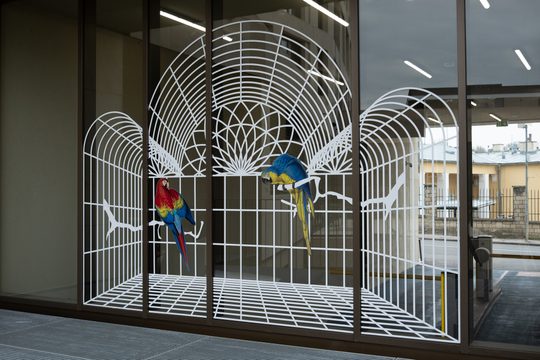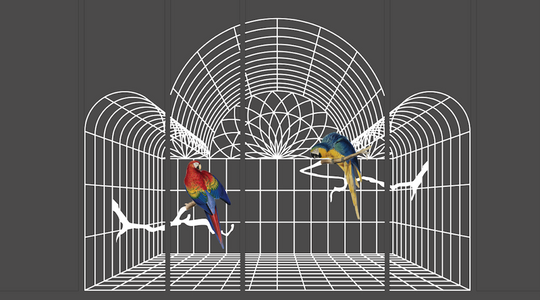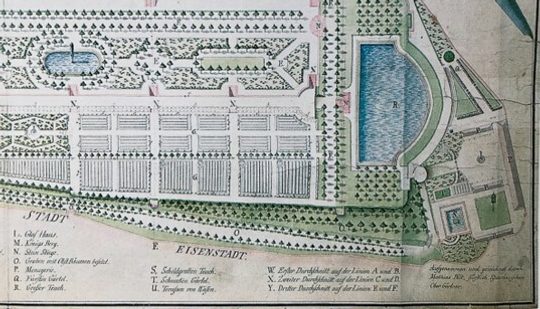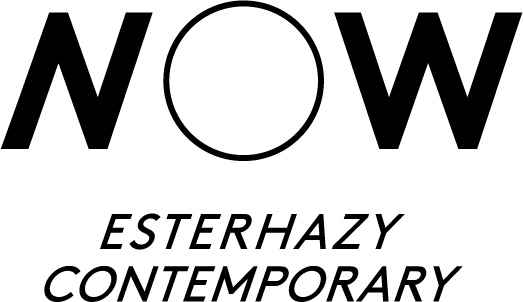Menagerie

In the past, large residences not only showcased their power through gardens but often also with a menagerie, a collection of exotic animals. Famous examples include the elephants in the Tower of London (13th century) or the rhinoceroses at the royal palace in Lisbon (15th century).

The first fan-shaped animal garden, which not only gathered the animal world but also organized it in a central perspective, was created in 1663 in the park of the Palace of Versailles. The one at the Upper Belvedere in Vienna was established by Prince Eugene in 1717, and the one in the Schönbrunn Zoo dates back to 1759 and is still in operation today. Although there were never lions or monkeys in the Eisenstadt Castle Park, there was a menagerie of “various foreign and native fowl, with a beautiful building on the ground floor with precious rooms attached” near the current machine pond.“
Quote from: Johann Matthias Korabinsky, Geographisch-Historisches und Produkten Lexikon von Ungarn […], Preßburg, 1786.

The artwork MENAGERIE, conceived by Anna Artaker, consists of a spatially sophisticated film applied to the large glass façade that separates the courtyard terrace of the Hotel Galántha from the entrance to the underground garage. On both sides of the glass, a three-arched birdcage is depicted in strong central perspective. The ornamental inspiration for this comes from the trompe l'œil elements of Baroque garden art and the large historical birdhouses, such as those found in Schönbrunn Palace or the Mirabell Garden in Salzburg.
Although the cage on the glass façade is technically closed at the back, two colorful macaws are depicted sitting inside, visible from both sides. This creates the illusion that their way to freedom is always open, or conversely, the viewers find themselves also within the cage.

